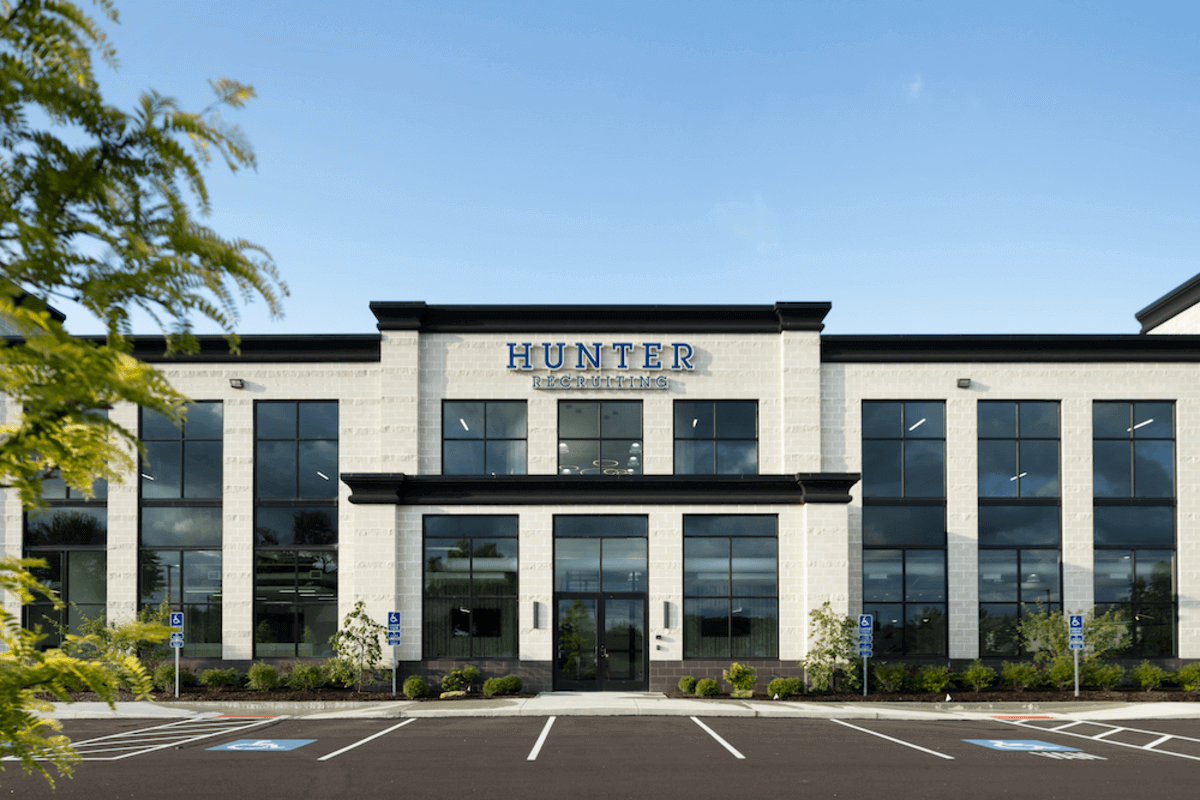Is Your Interviewing Process Causing You to Miss Out on Hires?
Is Your Interviewing Process Causing You to Miss Out on Hires?
In today’s market, organizations can’t afford to be missing out on candidates. Talent and HR professionals often review their recruitment and sourcing efforts to ensure quality applies, but they should not overlook the importance of the time spent screening and interviewing candidates.
“The job market is very fast paced right now,” Paige Pezzato, Account Manager at Hunter Recruiting describes. “Candidates are ready to jump to a new opportunity, and they expect employers to move just as fast to get them onboard and up to speed in a new role. Candidates aren’t afraid to take the first job offer that is presented to them, so often times the employer that is the quickest to move the candidate from the interview process to onboarding at their organization, is the one that ultimately gets the hire.”
Data from Glassdoor shows that the average length of an interview process is about 23.8 days. While this time can vary slightly based on your location and industry, this time, coupled with offer extension and acceptance, onboarding screenings and the average two-week notice, can mean that a candidate doesn’t get started in a role for over a month after they initially began the interview process at your organization.
So, what can employers do to create a more efficient interviewing process while still maintaining the necessary assessments and screenings needed to make a quality hire? Consider the following tips to streamline your interviewing process.
1. Take a “Zoomed-Out” View of Your Hiring Process
The first step to building an effective hiring process is to analyze your current workflow. Start by gathering data on previous hires. How long did it take to get them from an initial phone screen to an extended offer? What amount of time passed between interviewing steps? By getting an average of how long each part of your process previously took, you can create a benchmark for reference in the future.
Additionally, consider each hurdle in the process and the people involved at each step. Who on the team plays a role in hiring? Are there any approvals needed or other departments involved throughout this process? Putting this information together will enable you to take a “zoomed-out” view of your interviewing process to be able to make decisions on improving it in the future.
2. Trim The Fat
After analyzing your interviewing process, it is a good idea to get key decision makers together to discuss areas of opportunity. Are there too many people involved in the hiring process? While you want to have a good representation from your team present throughout interviews, having “too many cooks in the kitchen” can cause delays in the overall process. For those individuals that need to be involved, is there a better system for ranking the candidate based on technical skill, experience and cultural fit? Setting up a formalized internal system for interviewing can help streamline decisions regarding if the candidate is a right fit and reduce time between interview steps.
Lastly, if approvals are needed and other departments are involved in a formal offer extension, consider ways to improve internal workflows and eliminate any redundancies or obstacles. This can help reduce the amount of time the candidate is waiting for an offer and give you a leg up versus your competition.
3. Over Communicate
When it comes to the hiring process, it is best to over communicate than under communicate with candidates. When interviewing to work at your organization, job seekers are likely eager to hear back about next steps. By creating a transparent understanding of the interviewing process from the beginning, candidates can anticipate how and when they will hear back. For example, if your interview process requires video interviews, multiple on-site interviews and a technical assessment, candidates will appreciate knowing what to expect for the next steps.
Additionally, it is useful for recruiters and hiring teams to establish methods and times of communication. If the candidate works typical office hours, they may only be able to be reached by phone earlier in the morning or later in the evening. However, they may be able to respond to email or text messages throughout the day. Setting these expectations from the beginning can increase response times and ultimately lead to a quicker, more efficient hiring process.
4. Continually Revisit Your Hiring Process
After you’ve dissected your previous interviewing process and made changes to create a more streamlined workflow, set yourself up to improve the process in the future. Consider setting up interviews or surveys, where you inquire about each new hire’s interviewing and onboarding experience. To make sure you are getting people through the process efficiently, track the days between each stage and compare to benchmarks, noting any progressions or regressions. This may help you identify what is and isn’t working as well as any obstacles that arise.
Lastly, consider revamping your HR toolkit. Are there any automation tools that can help reduce redundancies or improve communication? These may be worth exploring to help transform your hiring process and ultimately create a better experience for candidates overall.
Do you need help bringing in high-quality hires for your team? Submit a request today to receive a customized hiring solution!






